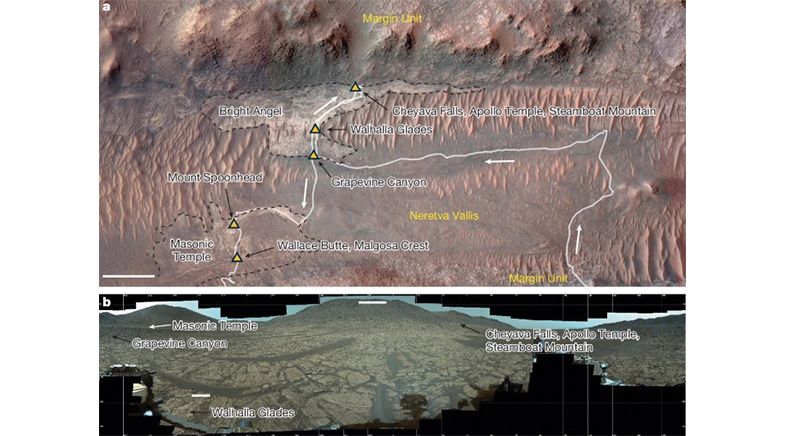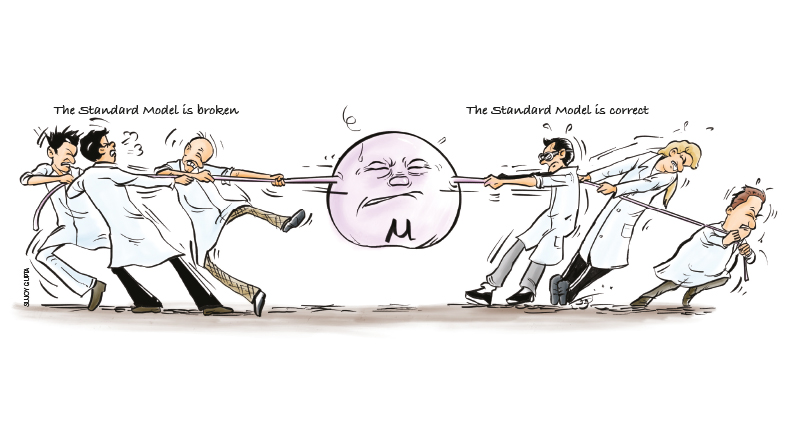Zeroing in on zero waste
-
- from Shaastra :: vol 01 edition 01 :: May - Jun 2021
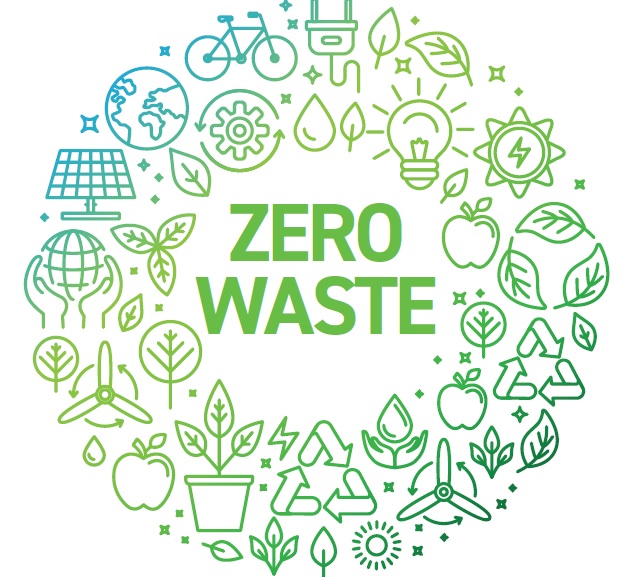
Indian cities are harnessing technological interventions in the cause of solid waste management.
THE MOST visible symbols of any modern city’s solid waste management problems are its overflowing – and overly odoriferous – garbage bins in public places. However, for Wilma Rodrigues, journalist-turned founder of Bengaluru- based waste management company Saahas Zero Waste, the smelly trash is a resource waiting to be recovered. She is on a mission to reuse almost all waste into usable products, and she’s almost there, at 98%. “Over 90% of waste from homes, offices, schools, and colleges can be recovered,” says Rodrigues.
The concept of Zero Waste is gaining traction the world over. The U.S. Environmental protection Agency (EPA) defines it in somewhat verbose terms, but it can perhaps be summed up succinctly as abiding by the 3Rs: reduce, reuse, recycle
Between April 2019 and March 2020, Saahas, which also works in Chennai, Goa, Hyderabad and Noida, diverted over 20,300 million tons (MT) of waste from landfills. It recycled 4,600 MT of dry waste and electronic waste; co-processed 8,400 MT of low-value waste, produced compost and biogas from 6,800 MT of wet waste, thereby reducing 37,000 MT of carbon dioxide (CO2) emissions.
The ‘zero waste’ concept is transforming the informal waste-picking and reselling sector into an organised enterprise for some. In 2010, Hassan Khan, 26, was an informal waste worker, managing 6 MT of dry waste each month from open dumps, streets and purchases from other waste workers, on an illegally constructed facility in Begur, Karnataka. He had 17 temporary workers to assist him, in unsafe and unhealthy conditions.
In August 2019, Khan partnered with Saahas for four months under the latter’s social inclusion project, which looks to turn waste workers into entrepreneurs of sorts. The partnership saw Khan recycle dry waste into different products: water and beverage bottles, primarily PET (polyethylene terephthalate) plastic, were morphed into fabric and T-shirts; paper waste was recycled in paper mills; and low-grade plastic, mainly wrappers and other packaging material, found its way into alternative fuel in cement kilns.
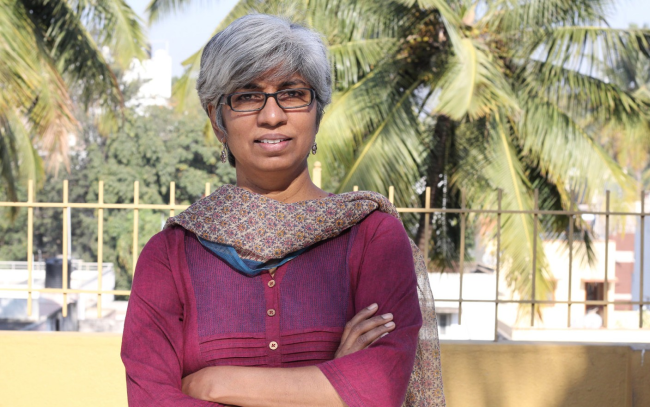
Rodrigues is on a mission to reuse almost all waste into usable products. And she’s almost there, at 98%!
INNOVATION TO THE FORE
There are other such efforts to formalise the waste-picking sector with technical competence. Hyderabad-based Banyan Nation is applying innovation at every stage of the plastic recycling process: from the supply chain of discarded plastics to washing and making finished recycled pellets similar to virgin plastic.
Waste plastics come with accompanying labels, inks, prints and other remnants. Under the Banyan Nation system, informal collectors and waste aggregators are trained to segregate the various kinds of plastics. “Discarded plastics not only contain contaminants, but are made from different types of resins,” notes Banyan Nation founder Mani Vajipey.
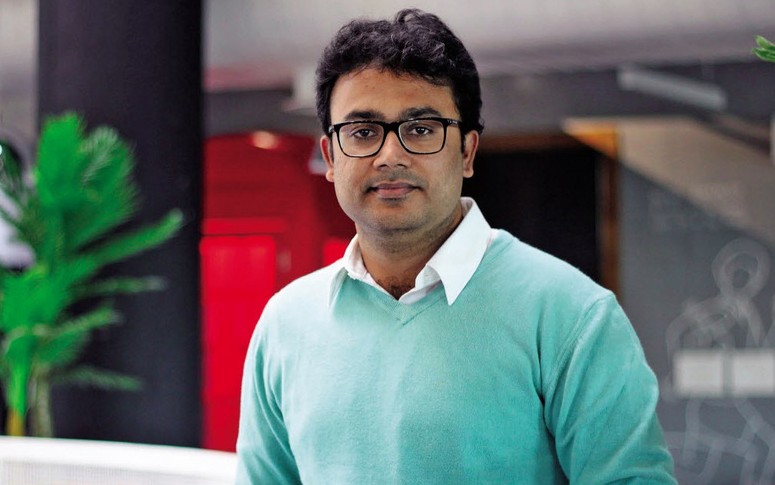
His team has developed a data intelligence platform to map out the informal waste-picking sector in Hyderabad – collectors and aggregators – and has trained them to sort the materials. India, says Vajipey, has hundreds of thousands of informal waste recyclers, but the recycled products, including plastics, often have impurities, and so they can only be converted into low-value applications such as benches, chairs, tables, buckets and mugs.
Once segregated, the materials are taken through a series of washing steps in the company’s proprietary washing technology, which yields a fine, high-quality pellet that goes into mainstream products and packaging. These plastic granules are close to virgin quality products for mainstream uses, including in fast moving consumer goods companies and auto companies. “By eliminating contamination, we get pellets of the quality we require,” says Vajipey. The process requires deep knowledge of polymer chemistry and materials science.
FROM WASTE TO FUEL
Recycling has caught the imagination of petrochemical giants too as a potential source of chemicals. An example is Royal Dutch Shell company, which partners with companies in the U.S. to turn plastic waste into chemicals that can be used to make furniture, medical equipment, home appliances and even smartphones. The company’s global ambition is to make 1 million tons of plastic waste in its chemical plants by 2025.
While that technology is yet to come to India, Shell’s research and development centre in Bengaluru has a demonstration plant to convert mixed waste (agricultural waste and solid municipal waste) into fuel. It uses IH2 – ‘Integrated Hydropyrolysis and Hydroconversion’ – technology, which was conceived by U.S.-based Gas Technology Institute (GTI) and developed in collaboration with Shell Catalysts & Technologies.
“We are seeking to prove that forestry waste or woody biomass; agricultural residues such as bagasse and straw; and other wastes such as sorted municipal solid waste can be converted into lower carbon (typically around 70%) transportation fuels, including petrol, diesel and jet-fuel on a commercial scale,” says a Shell spokesperson. “We have proven that IH2 can work on a pilot scale and the technology is now in demonstration phase.”
Simply put, during pyrolysis, organic material such as biomass is heated in the absence of oxygen. Because there is no oxygen, the material does not burn, but the chemical substances in the biomass, such as cellulose, hemicellulose and lignin, decompose into combustible gases and charcoal. Simple pyrolysis produces biooil, which is rich in oxygen and has a low heating value; it is also highly viscous and cannot be mixed with conventional fuels. The oxygen content of bio-oil is typically 35-40%, compared to 0.1-1.0% in petroleum.
However, when this decomposition is done under high-pressure hydrogen – a process known as ‘hydropyrolysis’ – it results in bio-oil with reduced oxygen. All the remaining oxygen, as well as highly reactive substances, can be eliminated with a second-step ‘hydroconversion’ in which the complex molecules are broken down.
Shell’s innovation is a catalyst that can, when combined with hydrogen at high temperatures, break complex molecules in biowaste into those present in hydrocarbon fuels like petrol and diesel. India has a large biomass waste, and Shell’s technology has the potential to convert all of these into drop-in transportation fuels, which can reduce India’s crude oil import dependency, and also significantly lower greenhouse gas emissions, the spokesperson claimed.
All this high tech is yet to come to India, but the country can manage efficiently proven technologies to handle solid waste, says T.V. Ramachandra, professor at the Centre for Ecological Sciences at the Indian Institute of Science (IISc), Bengaluru. “The latest techniques developed elsewhere are energy-intensive and not suitable for Indian wastes” which have a high proportion of organic material, he notes.
“Solid waste generated in Indian households is predominantly organic, and converting this component to biogas for energy or compost would be the best,” says Ramachandra. It would also provide jobs to unemployed youth, he adds.
Ramachandra says that solid waste with a higher proportion of food leftovers and other organic fractions can be converted into biogas which can, in turn, be converted into electricity for street lighting or for poor households. Solid waste with high lignin content could be used for composting. “We need to channel this compost to user groups such as farmers.”
COVID AND WASTE
The COVID-19 pandemic and the nationwide lockdown in 2020 have altered the dynamics of waste collection and recycling. They have also impacted the quality of waste: there is now a higher proportion of biomedical waste; and there has been a surge in packaging waste due to increased online purchase of groceries.
One of the lingering impacts is fear of contamination of recycled products, especially plastic and paper, says Brajesh Dubey, associate professor at the P.K. Sinha Centre for BioEnergy and Renewables, Department of Civil Engineering, Indian Institute of Technology, Kharagpur. People with minor symptoms or those who are asymptomatic also generate virus-laden waste such as discarded masks, gloves and tissues.
Incineration or burning at high temperature is one way to deal with biomedical waste. Other technological options include autoclaving, gas sterilisation, chemical disinfection, microwave treatment, irradiation and thermal inactivation. But Indian waste is inherently ‘wet’, given the high amount of water in organic or food content, which reduces its net calorific value. “Waste-to-energy incineration plants in India are struggling” to cope with the low calorific value, says Dubey.
An emerging technology is ‘hydrothermal carbonisation’, a kind of autoclaving at high pressure and temperature, in which the moisture content of waste does not pose a major problem. The technology can yield hydrochar, a carbon-rich material that can be used to improve soil fertility or even sequester carbon and reduce the GHG effect. Other spin-offs of the technology include activated carbon and energy storage for batteries. Dubey’s team at IIT Kharagpur has set up a pilot hydrothermal carbonisation plant and is trying to promote the uptake of its byproducts.
Non-government organisations such as Saahas and Banyan, global energy giants such as Shell and elite institutes such as the Indian Institute of Technology Bombay are all working on India’s mounting problems of solid waste, and waste recovery and recycling into a range of products, from biogas and fuel, to plastics and fabric is the current preference. An IIT Bombay study noted that “an integrated municipal solid waste management approach with a mix of recycling, composting, anaerobic digestion and landfill had the lowest overall environmental impact.” Uncontrolled dumpsites are causing environment challenges, the researchers say.
Scientists from IIT Bombay’s Centre for Environmental Science and Engineering studied the life-cycle of waste management under six scenarios that could serve as alternatives to open dumping. These include landfills with biogas collection, incineration, and different combinations of recycling, landfill, composting, anaerobic digestion and incineration.
BEYOND LANDFILLS
All these efforts reflect a new thinking to an old problem. Each year India generates 63 million tons of waste. Indian cities have traditionally relied on unhealthy solutions of landfills and/or open burning of waste without the use of incinerators.
Several international environment agencies suggest Mechanical-Biological Treatment (MBT), a pre-treatment method before landfilling to reduce the amount of waste. MBT involves mechanical crushing and sorting (to recover recyclable materials), followed by biological treatment such as aerobic and anaerobic decomposition. Anaerobic digestion can recover biogas, and also produce the ‘digestate’ or a nutrient- rich substance that can be used as a fertiliser; and a stable, organic ‘Compost- like Output’ (CLO). Both the digestate and CLO have potential use as a source of organic matter on land or to restore landfill caps and can also be repurposed as construction materials.
Some of the high-calorific value, combustible contents of the municipal solid waste can also be converted into a fuel, called ‘refuse derived fuel’ (RDF) that can be burnt easily in a combustion boiler. To make RDF, the waste must be shredded and sorted to remove all non-combustible material. The combustible portion is formed into pellets, which can be sold as fuel. RDF can be used in specially designed power plants that can use this form of a fuel, or mixed with biomass waste and burned in power plants.
A second fuel is ‘solid recovered fuel’ (SRF), made from a mixture of the biologic- origin waste such as paper, cardboard, textiles and wood; and plastics and foils. These components are mechanically sorted out, dried and biologically treated to form SRF produced in the form of bales, fluff or hard and soft pellets. It is of use as a coal substitute in cement, lime and steel industries.
The initial MBT facilities were developed to reduce the environmental impact of landfilling residual waste in Europe. But it is increasingly being considered as a suitable option in cities in Asia, which have mixed, and often unsorted, municipal waste, often with fewer recyclables. The technology can be localised, uses less energy, does not need high-end machines, and can be integrated with other waste management technologies.
Waste such as food waste or inedible parts of fruits or vegetables has high levels of moisture and organic matter. The introduction of such waste into the MBT process may result in poor crushing and sorting efficiency. The moisture content must be lowered before the start of the MBT process. Solar drying is possible under some conditions; else, endogenous heat must be applied prior to the use of heat, such as a bio-drying process in which organic matter is decomposed and dried by generated heat using a biological reaction.
Banyan Nation has developed a data intelligence platform to map out the informal waste-picking sector.
One such MBT facility exists in Nashik in Maharashtra. It was first introduced as a mechanical process to produce RDF, as well as compost for agriculture. It now treats 500 tons of mixed domestic waste daily to produce 20 tons of RDF as a fluff which is further processed to form pellets or briquettes for use in industries and power plants. The city plans to increase the capacity to 80-100 tons a day. Similarly, a ‘Waste to Energy Plant’ in Ghazipur in Delhi aims to generate 12 MW of electric power, using 1,300 tonnes of municipal solid waste per day.
SCIENTIFIC LANDFILLS
While changes in waste management are afoot in Indian cities, landfills won’t disappear overnight. One option, says Ajay Nagpure, researcher at the World Resources Institute Ross Center, New Delhi, is to construct ‘scientific landfills’ designed to minimise the impact on land, soil and water through seepage; and air through burning of waste. They also allow recovery of methane generated from decomposition of the waste, which can be used to generate energy.
In the U.S. and elsewhere, a third of landfills have landfill gas recovery systems’; a quarter more are good candidates for this system, he says. Such a system disposes of solid waste, recovers energy, and reduces greenhouse gas emissions. “This system has multiple benefits, and I feel India should try to develop it.”
Several cities such as Indore, Pune and Surat are turning to information technology in this cause: for instance, ‘smart garbage monitoring’ technology uses the Global System of Mobile (GSM), an infra- red sensor or LEDs to indicate when the dustbin is filled to a specific level, at which point the compaction module actuates and compresses the waste.
When the garbage reaches a certain level, the bin’s location is displayed via Wi- Fi and GSM on a centralised web server, which helps municipal authorities coordinate the collection. And in 2020, Hyderabad introduced 55 advanced compactors for garbage collection and transportation.
“Indian cities are trying their best to adopt new technologies, but they still need to work to implement new technologies by focussing on capacity development,” says Nagpure.
Have a
story idea?
Tell us.
Do you have a recent research paper or an idea for a science/technology-themed article that you'd like to tell us about?
GET IN TOUCH
